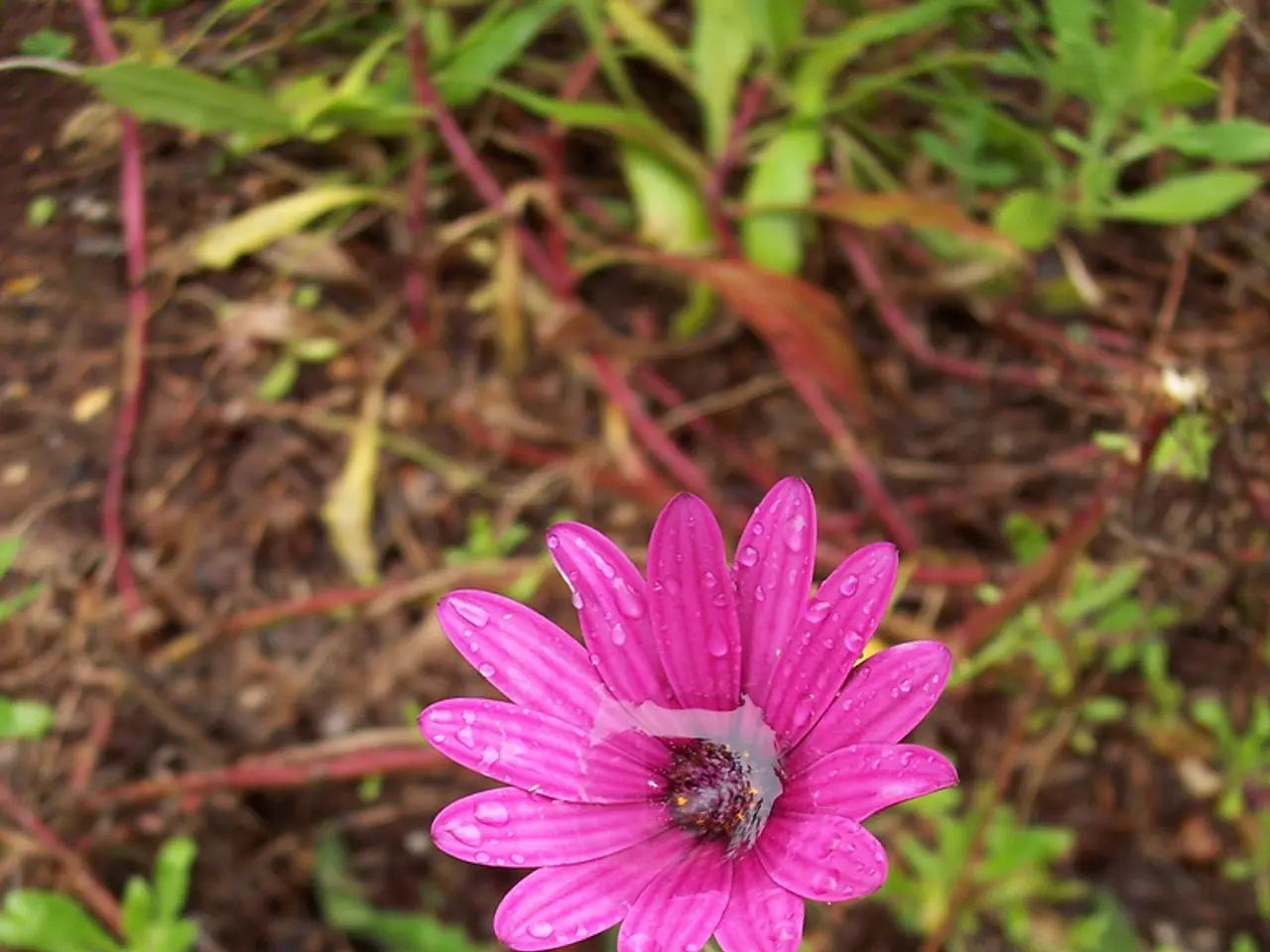Cultivating Calla Lily Inside Homes: A Guide to Nurturing This Tropical Enchantment as a Indoor Potted Plant
Indoor calla lilies, with their striking blooms and elegant foliage, make for an attractive addition to any home. However, like many houseplants, they require specific care to thrive. Here's a comprehensive guide to caring for and propagating these beautiful plants.
### Caring for Calla Lilies Indoors
To ensure your calla lily stays healthy and blooms, it's essential to provide the right conditions. Bright, indirect light or partial shade is ideal, avoiding intense direct sunlight that can scorch the leaves.
Watering should be consistent, keeping the soil moist but not waterlogged. Regular watering, ensuring good drainage, is key to prevent root rot. A well-draining potting mix rich in organic matter, such as a quality mix designed for houseplants or bulbs, works best.
Fertilizing is necessary, but sparingly. Fertilize when planting and then once a year in spring using compost or a balanced organic fertilizer. Avoid high nitrogen fertilizers to encourage blooming instead of excessive leaf growth.
Moderate indoor temperatures, avoiding cold drafts or extreme heat, are essential. Humidity levels can be moderate, and misting is optional but can help in dry indoor air.
### Propagation of Calla Lilies Indoors
The primary method to propagate calla lilies is by dividing their rhizomes (underground stem parts). This is best done in fall after foliage dies back or when growth slows. Separate the rhizomes, ensuring each division has some roots and growth buds.
Plant the rhizomes in pots with drainage holes using a quality potting mix, placing the rhizome horizontally with buds facing upward. Water lightly after planting. To get a head start, plant rhizomes indoors 4-6 weeks before the last frost if you intend to place them outdoors later or keep them growing indoors.
If you are not planting immediately, store rhizomes in a cool, dry place indoors over winter to prevent freezing and decay.
### Additional Care Tips
Applying mulch around the base (if outdoors or in large pots) helps retain moisture and regulate soil temperature but is not typical for indoor culture unless in large containers.
After blooming, allow foliage to die back naturally before cutting it off. This process allows the plant to store energy for the next growing cycle.
By providing bright indirect light, regular moisture, moderate fertilization, and proper rhizome division propagation, you can successfully grow and multiply different calla lily varieties indoors as attractive houseplants.
Potted calla lilies will grow and bloom for about 3 weeks to several months. Some calla lily varieties more suited for houseplants include Morning Sun, Odessa, Golden, Copacabana, Picasso, Garnet Glow, Acapulco Gold, Pink, Beatrix, Captain Romance, and Black Magic.
Calla lilies do well in good quality, nutrient-rich, well-draining potting soil. They can grow up to 3 feet (91 cm) tall and 2 feet (61 cm) across. White calla lilies are often used in Easter arrangements and funeral arrangements.
- To create a thriving home environment for your calla lily, consider placing it in bright, indirect light or partial shade, ensuring adequate watering with regular, moist but not waterlogged soil.
- To propagate calla lilies indoors, consider dividing their rhizomes in fall or when growth slows, planting the divided rhizomes in pots with drainage holes using a quality potting mix.




